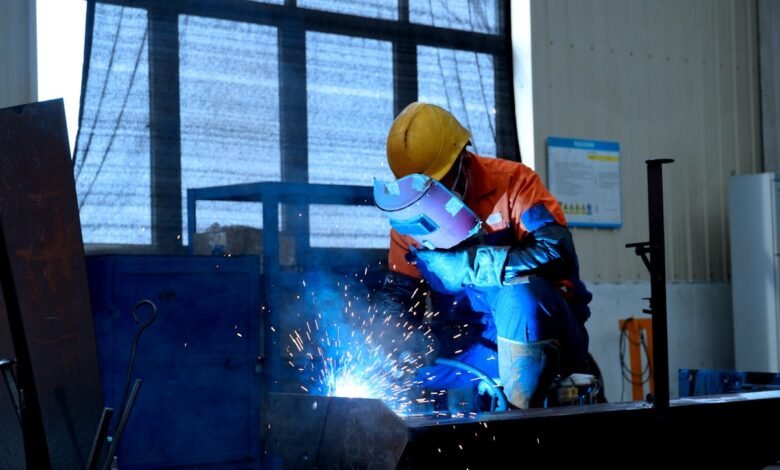5 Financing Solutions for Companies Acquiring Equipment

Purchasing necessary tools may have a major influence on the operational effectiveness and expansion possibilities of a firm in the competitive corporate scene of today. Knowing the several funding choices at hand enables companies to make wise judgements fit for their long-term goals and financial situation. These five tested financing options let businesses buy equipment with confidence.
Traditional Bank Loans
Bank loans remain a cornerstone of business financing, offering structured repayment terms and potentially lower interest rates for qualified borrowers. Usually requiring a solid credit history and thorough documentation, including company ideas and financial documents, these loans’ Collateral—which can be other business assets or the equipment being bought—may also be required by banks. Although the approval procedure is sometimes more demanding, for established companies with strong credit records, it might produce advantageous conditions.
Many banks now provide specialized equipment loan plans with up to 10-year durations, which let companies better control their monthly cash flow while making necessary equipment investments. Connection banking, whereby existing clients may get preferred rates, lowered fees, and accelerated approval processes depending on their banking history and general connection with the institution, is another advantage these specialized programs may provide.
Equipment Leasing
Leasing agreements give flexibility and maybe tax benefits. This choice lets businesses keep working capital while still having access to the tools and equipment required. Customizing leasing models to fit cash flow patterns comes with choices for seasonal payments or step-up plans. Many leases also feature maintenance schedules and upgrade choices, which enable companies to remain current with technology without significant financial outlay. From a tax standpoint, operating leases can be especially helpful as lease payments may be totally deductible as business costs and help to keep assets off the balance sheet of the corporation.
SBA 504 Loans
Designed especially for large fixed assets like machinery, the 504-loan program of the Small Business Administration provides long-term, fixed-rate finance. Usually requiring a smaller down payment than traditional loans, this program funds up to $5.5 million. Usually, the arrangement calls for a bank to lend 50%, a certified development corporation (CDC) to lend 40%, and the firm to make 10%. Small companies looking to grow their operations through equipment purchases especially gain from these loans. One clear benefit is that 504 loans, with their fixed interest rates and periods of up to 20 years, give rising companies consistent monthly payments and improved long-term financial planning tools.
Asset-Based Lending
Using a company’s assets—including accounts receivable, inventory, and current machinery—asset-based lending finances new equipment acquisitions from Collateral. This financing method proves especially valuable for businesses with strong asset positions but perhaps less-than-perfect credit histories. The lending amount typically correlates directly with the value of the Collateral, providing a clear pathway for businesses to leverage their existing assets for growth.
Most asset-based lenders will advance anywhere from 70% to 90% of eligible receivables and up to 50% of inventory value, making this an attractive option for businesses with substantial working capital tied up in these assets but requiring immediate equipment financing solutions. Unlike traditional loans, asset-based lending facilities often include revolving credit features that allow businesses to repeatedly borrow against their asset base as it grows, providing ongoing flexibility to finance new equipment acquisitions while maintaining operational liquidity.
Vendor Financing Programs
Providing companies with financial options informed by significant market and equipment knowledge, manufacturers and dealers of equipment provide personalized direct financing programs fit for their goods. These programs can include low starting rates, delayed payments, or cheap beginning rates, thereby improving cash flow management at first acquisition by means of competitive rates and speedy approvals.
For specialized equipment especially, vendor financing is very helpful as lenders know the lifetime, maintenance requirements, and resale value, hence allowing more flexible terms and smaller down payments. Many initiatives also feature combined warranties, maintenance, training, and packaged services, all paid for once each month. This method turns funding into a strategic tool for long-term corporate operations.
Conclusion
Making financial decisions for equipment is a strategic decision that requires careful alignment of financial options with a company’s unique characteristics. By thoughtfully matching financing solutions to business size, credit standing, cash flow, and long-term goals, organizations can transform equipment acquisition into a powerful tool for growth and competitive advantage. The right approach provides not just capital but a pathway to operational flexibility, technological advancement, and sustainable success.



